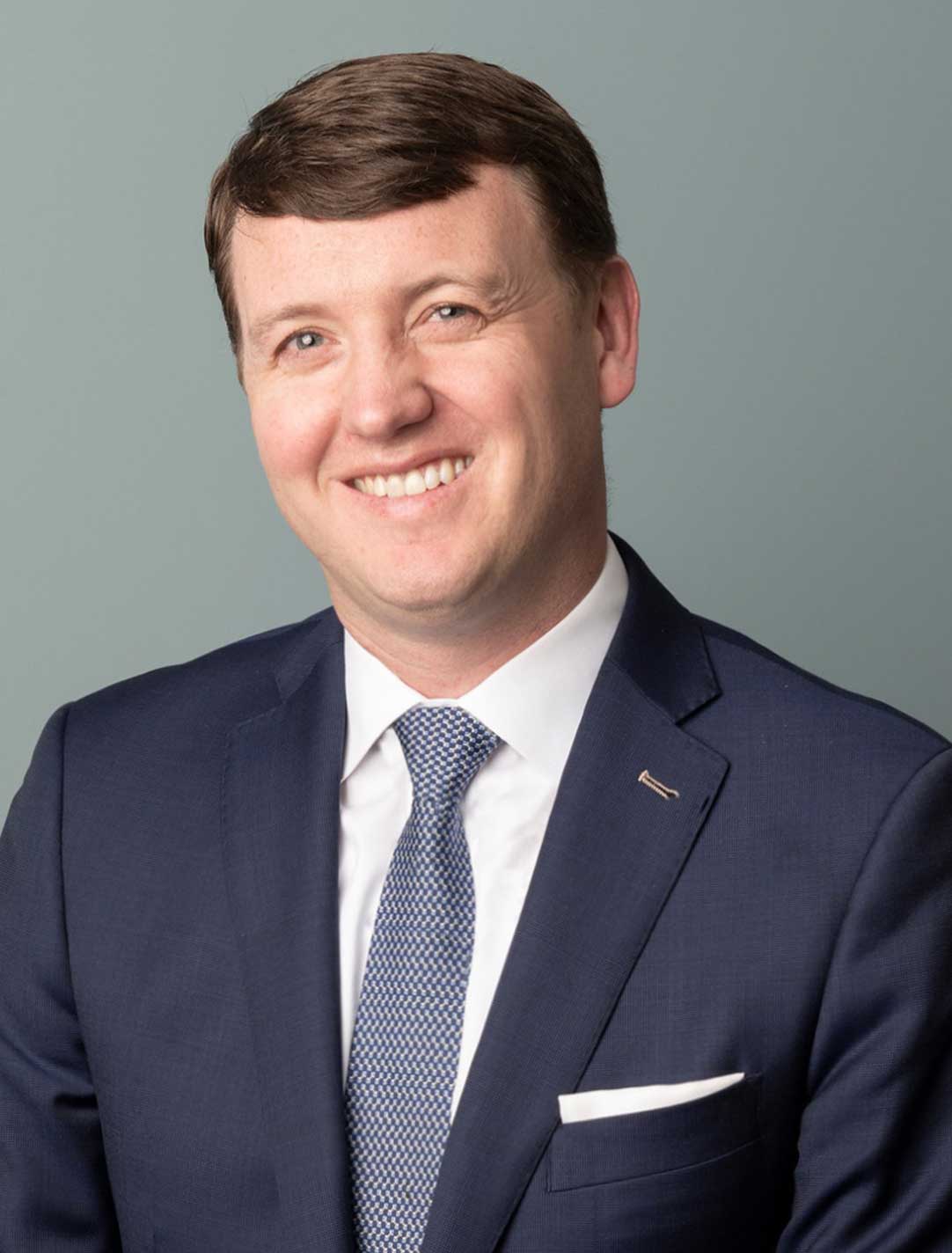Anterolateral Ligament
Anterolateral ligament: The anterolateral ligament is an area of the knee capsule that provides a role in knee stability. On its own, it is not required to have a functioning knee. However, in the setting of other injuries within the knee, the anterolateral ligament can play a role.
Is this a new ligament?
In 2013, Dr. Steven Claes at the University of Leuven, Belgium described the function and presence of the anterolateral ligament. This information had been described by many different doctors and its role in knee rotational stability. However, Dr. Claes is credited with the actual description and naming of the anterolateral ligament.
Remaining instability of the knee, even after an ACL reconstruction, can result in rotational instability, causing increased forces and increased risk of re-rupture of the ACL reconstruction. This can result in a retear of the ACL requiring further restorative surgery, which are generally more difficult than the first ACL reconstruction. Furthermore, rotational instability within the knee can cause increased risk of other injuries, such as meniscus and cartilage injuries.
What is the ALL?
The ALL is a thickening of the capsule or lining of the knee joint that attaches the femur to the front of the tibia. It is located over the anterior and outside portion of the knee and it attaches just towards the front between the 2 bumps of Gerdy’s tubercle and the tibial tubercle. It is one of the weaker ligaments of the whole knee.
How is it injured?
It is almost universally injured with an ACL and can also be injured with a lateral-sided knee injury, such as an LCL or posterolateral corner injury. Most research has gone into studying its association with the ACL and its involvement in creating high-grade instability within the knee after an ACL injury and even after ACL reconstruction alone.
Do I need to have my ALL repaired?
Dr. Faucett will evaluate your knee and assist the rotational instability of your knee. He can give you the likelihood that your ALL will need to be repaired or reconstructed. To restore the function of the ALL, Dr. Faucett prefers the lateral extraarticular tenodesis or LET procedure, which utilizes a small portion of your IT band. Dr. Faucett will often make this decision during your surgical procedure.
How is the ALL reconstructed?
A small 3-inch incision is performed over the lateral aspect of the knee. A thin 1/2-inch slip over the iliotibial band is harvested. It remains attached to the tibia bone. This is then rerouted to restore the ALL function and attached onto the femur. This is fixed with the knee in the appropriate position and rotation. Once restored, this should protect the forces going through the ACL reconstruction or graft. The soft tissues are closed using sutures and a sterile dressing is applied.
Are there risks to ALL reconstruction?
Despite the morbidity of excess surgery, there is a risk of over constraining the knee and causing further arthritic changes within the outer aspect or lateral compartment of the knee. Numbness may also occur due to the incision as well as scar tissue. In studies looking at the use of ALL surgery in the setting of ACL reconstructive surgery, there have been more benefits than complications associated with the procedure.
Who should get an ALL surgery?
Patients with high-grade instability of the knee after an ACL injury are the best candidates for ALL surgery when combined with ACL reconstruction. Hypermobile patients with collagen conditions, such as Ehlers-Danlos syndrome.
High-risk, pivoting sports such as soccer, rugby and lacrosse. Female athletes. Revision ACL reconstructions. ACL reconstructions with radial or root tears to the lateral meniscus that have been repaired.
For further questions, please feel free to schedule a consult with Dr. Faucett to review the role of an anterolateral ligament reconstruction in the setting of ACL tears.
What is the recovery after ALL?
Recovery is not affected with an ALL reconstructive surgery in the setting of an ACL and will be limited by whether or not any meniscus or cartilage procedures were performed at the same time.
At a Glance
Dr. Scott Faucett
- Internationally Recognized Orthopedic Surgeon
- Voted Washingtonian Top Doctor
- Ivy League Educated & Fellowship-Trained
- Learn more



